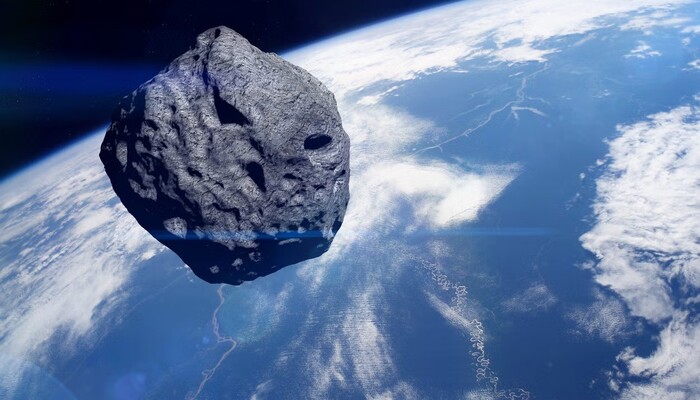2024 PT5 is classified as an Arjuna asteroid and measures 11 meters in diameter. That’s roughly the size of two giraffes standing end to end. According to a study published in the Research Notes of the American Astronomical Society, Earth’s gravity will capture the asteroid as it approaches at a low speed.
Despite being Earth’s temporary guest, 2024 PT5 will leave soon after. On 25 November 2024, the asteroid will depart Earth’s orbit and continue its path around the sun. Interestingly, it won’t stray far. It will pass by Earth again on 9 January 2025.
Earth’s Mini-Moons: A Regular Phenomenon
Researchers say Earth regularly captures small near-Earth objects (NEOs) into its orbit. These are known as “temporarily captured flybys” or mini-moons. However, their time with Earth is short. Eventually, these objects are pulled back into their original solar orbits.
Where is 2024 PT5 Now?
At the moment, 2024 PT5 is located in the constellation Draco, visible in the northern sky. It is about 1.9 million miles (3 million kilometers) away from Earth. Despite its proximity, the asteroid is too faint to be seen with the naked eye. Even standard backyard telescopes won’t be enough to catch a glimpse. Only professional astronomers with powerful 30-inch telescopes will be able to view it.
Where Did 2024 PT5 Come From?
Asteroids like 2024 PT5 originate from the Main Asteroid Belt, located between Mars and Jupiter. More specifically, 2024 PT5 belongs to the Arjuna asteroid group, which has an orbit similar to Earth’s around the sun. As it approaches Earth on 29 September, the planet’s gravitational pull will cause it to enter orbit temporarily.
The asteroid was discovered on 7 August 2024 by South Africa’s Asteroid Terrestrial-impact Last Alert System (ATLAS) telescope. This is the same system that recently identified the naked-eye comet A3.
Can We See It?
Unfortunately, the asteroid won’t be visible to the naked eye. Even amateur telescopes and binoculars won’t be powerful enough to spot it. Carlos de la Fuente Marcos, one of the authors of the study on 2024 PT5, said, “The object is too small and dim for typical amateur telescopes.” He added that only professional-grade equipment would be able to track the mini-moon during its brief stay.
While the rest of us may not be able to see 2024 PT5, its presence serves as a reminder of the ever-changing and dynamic nature of our cosmic neighborhood.
Follow us on Google News, Instagram, YouTube, Facebook,Whats App, and TikTok for latest updates
